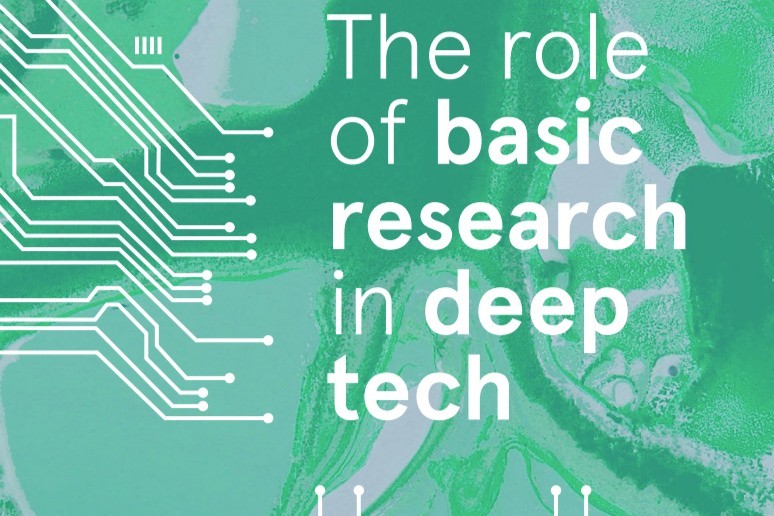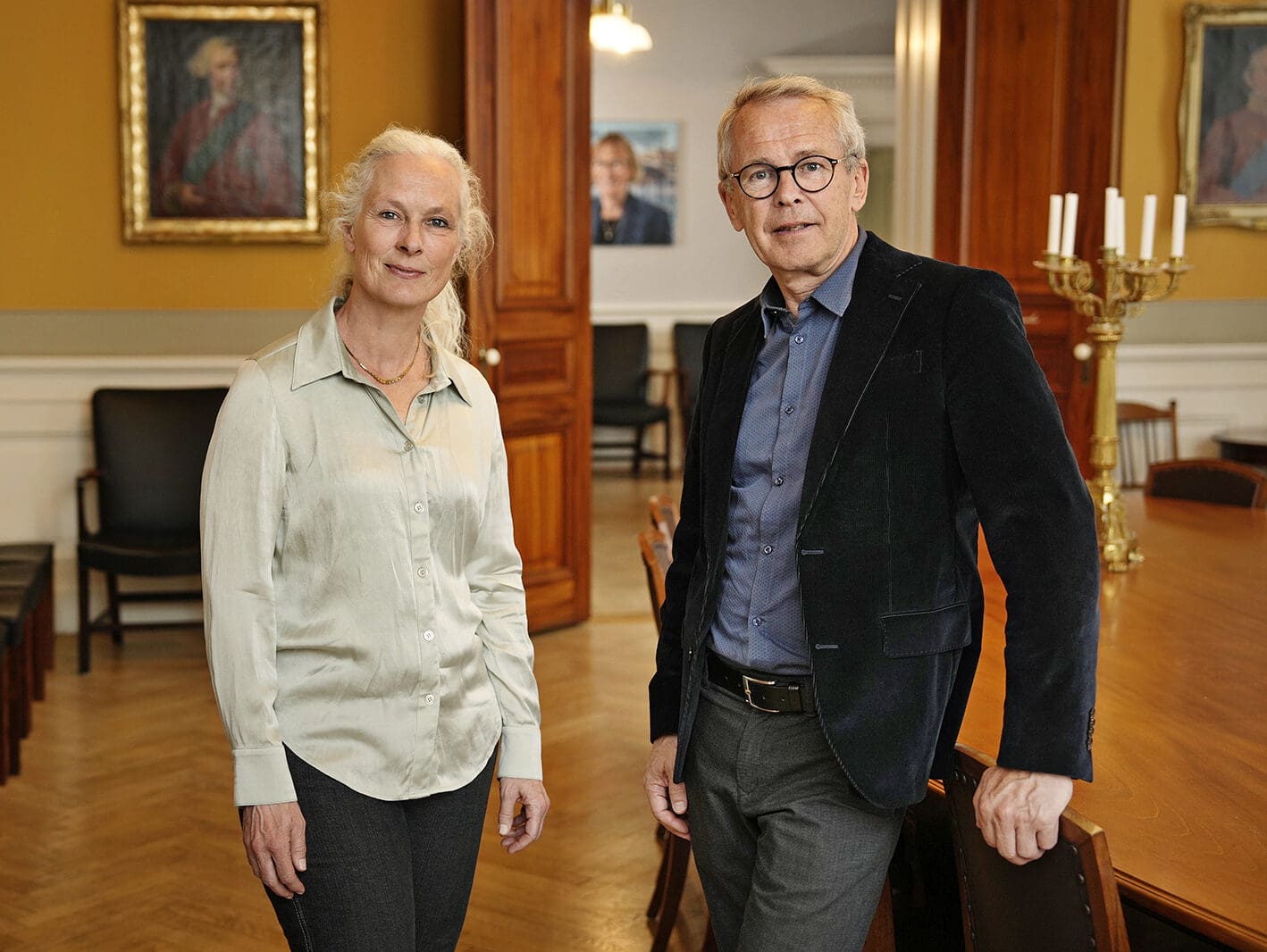New report from European Academies’ Science Advisory Council

A new report confirms that negative emission technologies (NETs) offer only “limited realistic potential” to remove large amounts of carbon dioxide from the atmosphere and not at the scale envisaged in some climate scenarios.
In a new report by the European Academies’ Science Advisory Council (EASAC), senior scientists from across Europe have evaluated the potential contribution of negative emission technologies (NETs) to allow humanity to meet the Paris Agreement’s targets of avoiding dangerous climate change. They find that NETs have “limited realistic potential” to halt increases in the concentration of greenhouse gases in the atmosphere at the scale envisioned in the Intergovernmental Panel on Climate Change (IPCC) scenarios.
This new report finds that none of the NETs has the potential to deliver carbon removals at the gigaton (Gt) scale and at the rate of deployment envisaged by the IPCC, including reforestation, afforestation, carbon-friendly agriculture, bioenergy with carbon capture and storage (BECCs), enhanced weathering, ocean fertilisation, or direct air capture and carbon storage (DACCs).
– Scenarios and projections that suggest that NETs’ future contribution to CO2 removal will allow Paris targets to be met appear optimistic on the basis of current knowledge and should not form the basis of developing, analysing, and comparing scenarios of longer-term energy pathways for the EU. Relying on NETs to compensate for failures to adequately mitigate emissions may have serious implications for future generations, state the European science academies.
Recommendations
In this new report, EASAC calls on all actors to strengthen mitigation measures, which are currently inadequate, rather than assuming that future technologies will be able to remove large amounts of carbon dioxide from the air. Given the unclear technical and economic viability of NETs, the EU should thus continue to be fully committed to mitigation as laid down in the EU’s nationally determined contributions (NDCs) under the Paris agreement.
Scenarios without NETs show the great difficulty of reaching net zero emissions of CO2 in the second half of this century, as required in the Paris Agreement – which is why NETs have received much attention recently. However, the limited realistic potential for carbon dioxide removal (CDR) underlines the need to strive as hard as possible to mitigate emissions, to minimise any future need to resort to CDR. Specifically, the EASAC report recommends:
The EU (and other Contracting Parties) should concentrate on rapidly reducing greenhouse gas (GHG) emissions as laid out in the Paris Agreement’s 5-year review process of national emission reduction plans.
Some of the most technologically credible approaches to NETs involve increasing soil carbon and forest biomass. But we remain in an era where deforestation and soil degradation are continuing to add substantial quantities of GHGs. While expanding forests has been promoted as one means of removing large amounts of carbon dioxide in the future, humanity needs to better control the current loss of forests, while stopping soil degradation and restoring soil carbon levels.
The report also emphasises that remaining technical challenges in carbon capture and storage (CCS) must be solved and viable business models for CCS implementation must be developed urgently. Currently, all such plans in Europe have been shelved so that whatever experience is being gained globally is outside Europe.
CCS is not only a critical mitigation technology through removing CO2 from power stations and energy-intensive industries, but one of the most commonly cited NETs (bioenergy with carbon capture and storage – BECCS) assumes the availability of cost-effective ‘off-the shelf’ CCS, while another (direct air capture and carbon storage – DACCs) relies on widespread availability of carbon dioxide storage. At present, economic incentives for deploying CCS are inadequate and those for NETs are lacking.
Limitations of negative emissions technologies (NETs)
Climate scenarios that keep global warming within Paris Agreement limits rely on the large-scale application of NETs to remove carbon dioxide from the air on a huge scale. These technologies are intended to make up for the inadequacy of currently planned mitigation measures. NETs may have a useful role to play in addressing climate change; however, based on current information, they will not contribute at the levels required to compensate for inadequate mitigation measures.
NETs implementation is also likely to be location-, technology-, and circumstance-specific. Moreover, attempts to deploy NETs at larger scales would involve significant uncertainties regarding the extent of the carbon dioxide removal which could be achieved. Deploying NETs at larger scales would result in high economic costs and likely major impacts on terrestrial or marine ecosystems. The dominant role assigned in IPCC Integrated Assessment Models to NETs (and in particular bioenergy with carbon capture and storage – BECCS) has yet to take fully into account these limitations.
Notes for editors
A briefing for journalists was held with two of the report authors and one report reviewer in London, 31 January 2018 at the Science Media Centre.
The Science Media Centre collected comments on the report by experts who were not involved in the authorship or review of the report. Please note these comments were gathered independently, without the involvement of EASAC:
Prof Andrew Watson FRS, Royal Society Research Professor at the University of Exeter, said:
– Their main conclusion is that while some of the technologies for removing CO2 from the atmosphere may have a role to play in reducing climate change, all have drawbacks that mean it will be difficult to use them at the very large scale that would be necessary to make a real difference. So our main focus and best hope for avoiding the worst effects of climate change still needs to be reducing our emissions.
Prof Myles Allen, Professor of Geosystem Science at the University of Oxford, said:
– The report re-emphasises, with admirable thoroughness, what everyone knows: we won’t stop the world warming until we work out a way of disposing of carbon dioxide without dumping it in the atmosphere. The only alternative, banning the citizens of India of the 2080s from touching their coal reserves, is neither just nor practicable. Yet the press release picks up only on the “limited potential” of CO2 disposal, giving everyone an excuse to continue cling to the comfort-blanket of more conventional mitigation options. The report also ignores recent innovative policy ideas that might make large-scale CO2 disposal a reality. There is only one institution in the world with the capital, expertise and resources to dispose of CO2 on the necessary scale, and that is the fossil fuel industry. We have to work out how to give it the incentive to do so.
Dr Phil Renforth, Lecturer in the School of Earth and Ocean Sciences at Cardiff University, said:
– Negative emission technologies only make sense in a world in which emissions are nose diving towards zero, so the EASAC’s call for a commitment to strong and rapid mitigation is reasonable. However, waiting until emissions reach zero before researching negative emissions is a dangerous gamble, one that may commit us to excess atmospheric CO2 without scalable methods to remove it.
Dr Phil Williamson, Associate Fellow at the University of East Anglia, said:
– The EASAC report is scientifically sound and politically important. Its main message is clear enough: don’t put off the clean-up for fifty years, as is currently the case in most emission-scenarios that avoid climate chaos. Yet the report’s conclusions are also more nuanced, recognising that the complete cessation of greenhouse gas emissions from human activities is impossible, since many sources and gases are involved – not just CO2 from fossil fuels. So some removal will be required. The key issues are now of scale: the scaling-down of the unrealistic use of negative emissions in climate models, and the scaling-up of ambition to achieve net zero emissions, as rapidly as possible.
Read the report here.


